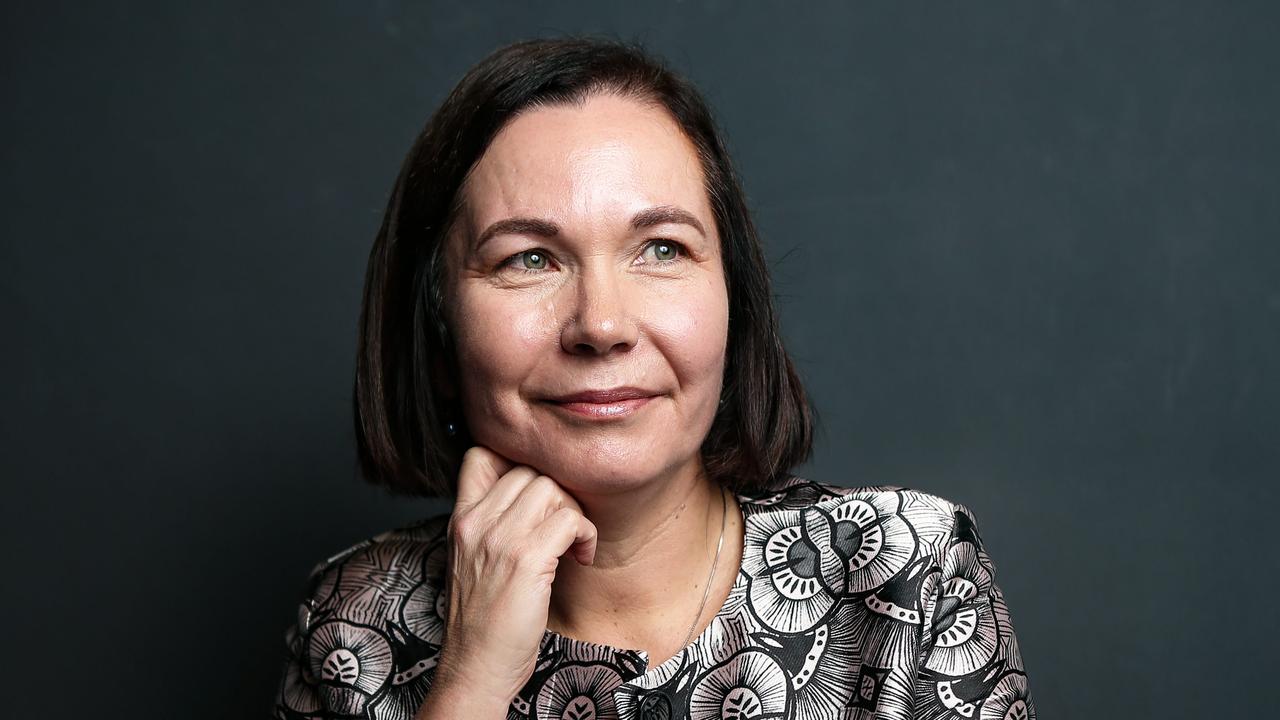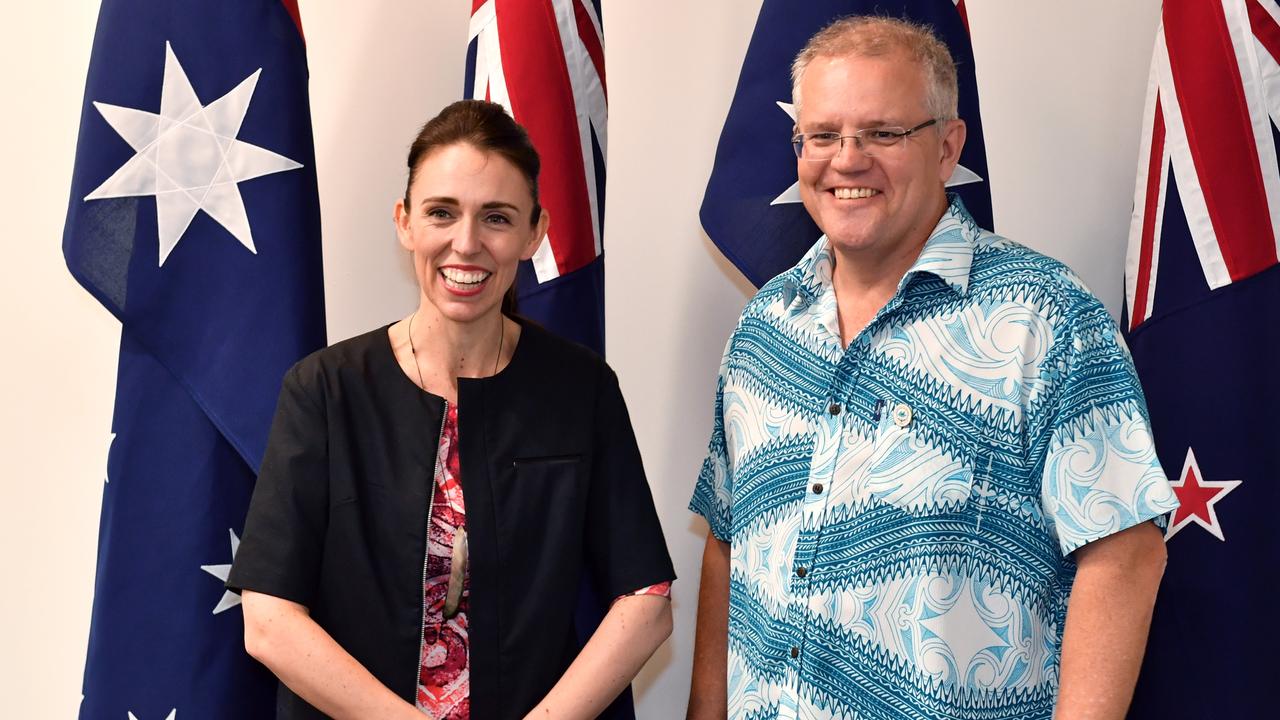Compulsory voting has helped Australia keep fanatics at bay
More Australians than ever will be voting at the upcoming federal election.
Last week, electoral commissioner Tom Rogers announced that enrolment was up from 90.9 per cent of eligible Australians at the 2010 election to an estimated 96.3 per cent, “the largest and best enrolment rate in Australian history”. And of these, more than 90 per cent will cast a vote.
Can any other country boast such a high level of voter participation? Certainly not Britain, where 68.7 per cent of registered voters turned out for the 2017 general election and the Office of National Statistics doesn’t bother to collect data on how many eligible voters are not on the roll.
Nor the US, where 58.1 per cent of the eligible population voted in the 2016 presidential election and where active voter suppression keeps many people from minority groups off the rolls.
Australia’s high voter turnout is the result not just of compulsory voting but also of compulsory registration, and of the huge efforts the Australian Electoral Commission and its predecessors have made to register and keep people on the rolls. It is quite a democratic achievement whose roots are in the early 20th century, when police and postmen, on horseback and foot, visited every habitation in the land to deliver enrolment forms for the new commonwealth.
In 1911, Andrew Fisher’s Labor government made enrolment compulsory; and in 1924 a private member’s bill succeeded in making voting compulsory.
Turnout shot up at the next election to 91.3 per cent, an increase of more than 32 per cent. And there it has stayed, in the low 90s, ensuring Australian governments are elected by the majority of voters, not just the majority of those who bother turn up.
Because of compulsory voting, Australian politicians must appeal broadly across the political and socioeconomic spectrum. They have to keep in mind that poor people relying on government benefits vote, as do people who pay taxes.
Without compulsory voting, the Liberals would have abolished Medicare years ago.
This is an egalitarian argument for compulsory voting, but there is also a conservative one, which has become more apparent since the election of Donald Trump and Britain’s Brexit vote.
Compulsory voting reduces the power of zealots on both the Left and the Right. Because voters are compelled to go to the polling booth, politicians have no need to stir up fear and outrage to get out the vote, and the impact of the partisan base is diluted by the votes of the moderate and indifferent.
The emotional temperature is lowered and space is kept open for the sensible centre. The angry and aggrieved will always be drawn to politics, but compulsory voting ensures that they’re not the main occupants of the public square.
Compulsory registration and voting also draws young voters and new citizens into politics. Britain’s electoral office estimates about 30 per cent of people under 34 were not registered for the last election. Australia does a great deal better, but getting and keeping young people on the roll as they shift about is still a challenge for the AEC.
Until recently, regular house-to-house reviews were conducted, to locate potential new voters and to monitor people’s movements between electorates.
In 1999 a continuous roll update was introduced. Information from other government agencies, such as the motor registration boards and Centrelink, was matched with the roll to identify people who had changed address. They were then sent an enrolment form to confirm their new details. But the voter still had to return the form, and rates of return were disappointing.
In 2012, legislation was introduced making it even easier for the voter. The AEC could now enrol a voter directly, or change their address based on information from other agencies.
Although the AEC website tells the voter that “it is still your responsibility to enrol and to keep your enrolment details up to date”, it has in fact shouldered most of the responsibility itself, and those who simply turn up at the polling booth on the day will most likely be on the roll and be able to vote.
In the lead-up to the same-sex marriage survey, activists made significant efforts to enrol young people. In the 16 days between when it was clear that the survey would happen and when the rolls closed, 65,000 people aged 18 to 24 enrolled. So the roll for the forthcoming election is not only the largest ever, but also the least generationally skewed. The votes of those locked out of the housing market, paying HECS debts and working in the gig economy will balance the noisy complaints of the well-housed, retired baby boomers complaining about the loss of their franking credits.
Judith Brett is emeritus professor of politics at La Trobe University and author of From Secret Ballot to Democracy Sausage: How Australia Got Compulsory Voting.



To join the conversation, please log in. Don't have an account? Register
Join the conversation, you are commenting as Logout